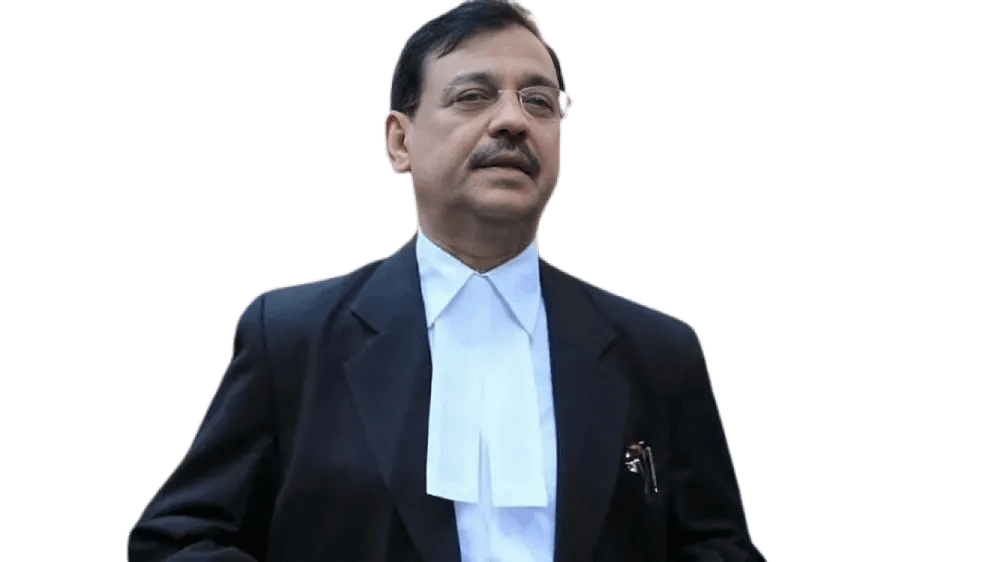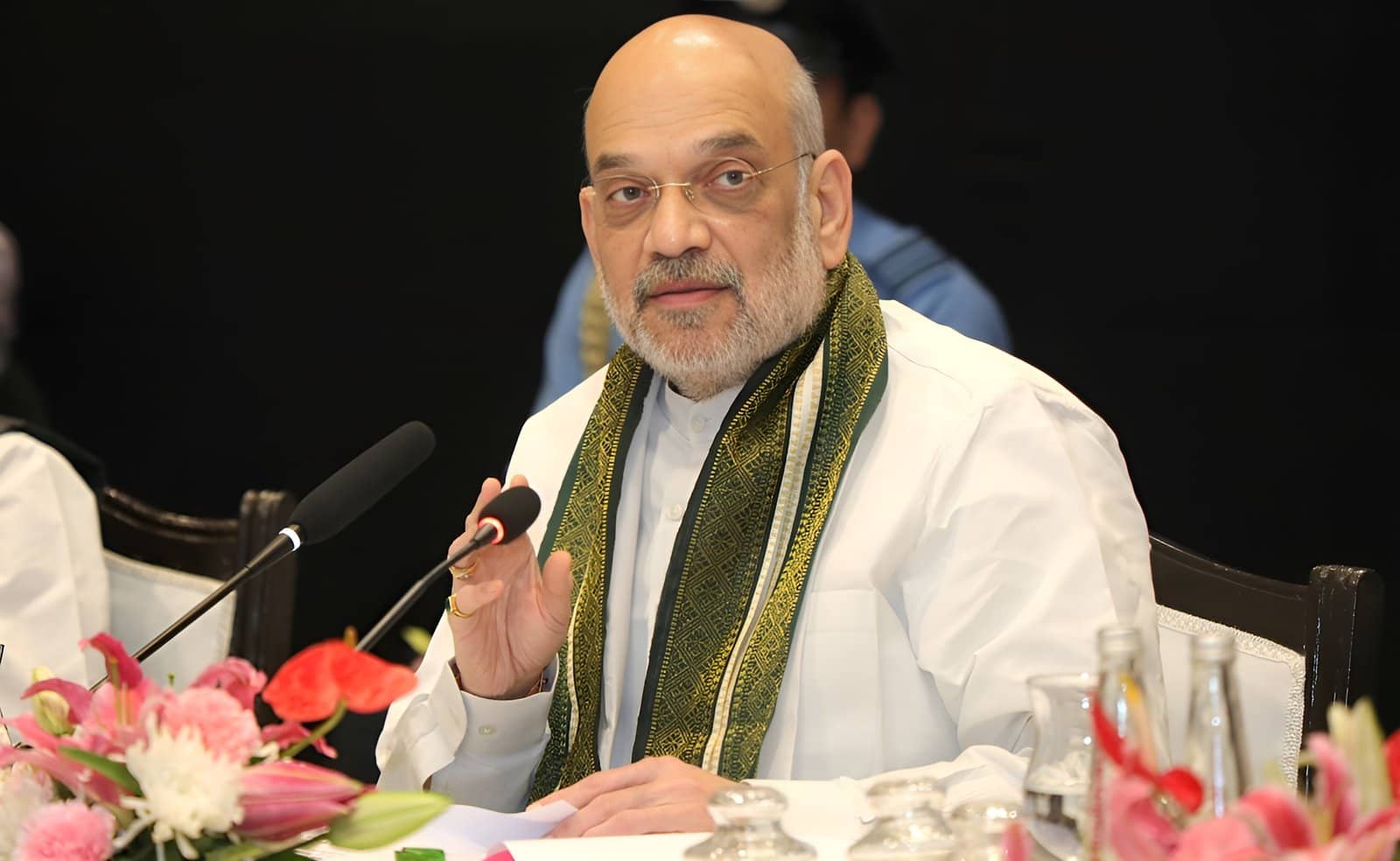Donald Trump Early Life and Family Background

Donald Trump Full Name Donald John Trump was born on June 14, 1946, in Queens, New York City, the fourth of five children born to Fred C. Trump and Mary Anne MacLeod Trump. His father was a successful real estate developer, and his mother was a Scottish immigrant. Growing up in a well-to-do household, Donald learned the fundamentals of business from his father, who built affordable housing across New York’s outer boroughs.
Trump attended the Kew-Forest School in Forest Hills, but due to behavior issues, he was sent to the New York Military Academy (NYMA) at age 13. At NYMA, Trump thrived in a structured environment, emerging as a student leader and athlete.
After high school, Trump enrolled briefly at Fordham University, but transferred two years later to the Wharton School of the University of Pennsylvania, known for its real estate program. He graduated in 1968 with a degree in economics.
Donald Trump Early Business Career
Following college, Trump joined his father’s company, Elizabeth Trump & Son, which focused on middle-income rental housing in New York’s outer boroughs. In 1971, he took control and rebranded it as The Trump Organization. He shifted the company’s focus toward Manhattan’s lucrative real estate market.
Trump’s first major success came with the transformation of the Commodore Hotel near Grand Central Station into the Grand Hyatt Hotel. This project, completed in 1980, was achieved through a public-private partnership and signaled Trump’s emergence as a bold real estate developer.
Donald Trump Rise to Fame and Expansion
Throughout the 1980s, Trump expanded his brand aggressively. He built the Trump Tower in Manhattan, a 58-story skyscraper with luxury apartments and retail space, which became a symbol of his image—glamorous, brash, and media-savvy. His other developments included hotels, casinos (most notably in Atlantic City), and luxury properties across the globe.
Trump also acquired the Miss Universe Organization, operated the Trump Shuttle airline briefly, and ventured into sports by owning the New Jersey Generals of the USFL (United States Football League). His flamboyant lifestyle and public persona earned him extensive media coverage.
In 1987, he published “The Art of the Deal,” a best-selling memoir and business advice book that bolstered his reputation as a savvy businessman. He adopted the persona of a confident dealmaker who viewed negotiations as high-stakes battles.
Donald Trump Financial Struggles and Recovery
Despite his flamboyant style and success, the late 1980s and early 1990s were financially turbulent for Trump. Several of his casinos in Atlantic City struggled, and he accumulated significant debt—reportedly over $900 million personally guaranteed. By 1991, he faced the possibility of bankruptcy but managed to restructure his debts with creditors, often using assets like his airline and portions of his business empire as collateral.
Trump managed to make a comeback in the late 1990s and early 2000s by re-focusing on branding. He licensed the Trump name for real estate projects he did not own directly and appeared as a public figure in books, interviews, and television.
💰 Donald Trump Net Worth Analysis
Trump’s net worth estimates vary greatly due to asset valuations, crypto ventures, ongoing legal matters, and media holdings:
| Source | Estimate |
| Forbes (June 2025) | ~$5.1 billion |
| Bloomberg (Jan 2025) | ~$7.08 billion |
| Trump Insight estimate | ~$8 billion |
| Analyst ranges | $2.5–3.2 billion to $6.6–7.7 billion |
Major Components
- Real Estate: Core of wealth (~$2–2.5 b) from commercial properties, clubs, hotels.
- TMTG / Truth Social: Large stake valued in multiple billions, albeit volatile.
- Cryptocurrency:
- Launched $TRUMP meme coin Jan 2025, peaking market cap ~$29 billion, generating hundreds of millions via fees.
- Additional crypto revenue through affiliate firms and token sales.
- Merchandising & Licensing: Product lines—watches, Bibles, NFTs—reported royalties and licensing in tens of millions.
- Other Assets: Include private jet, golf clubs, media revenue, legal liabilities (~$454 m fraud judgment), and valuation swings.
Summary: Most credible estimates place his net worth in the $5–8 billion range, with large crypto‑ and media‑linked growth, albeit balanced by real estate vulnerabilities and legal windfalls.
Television Stardom and Cultural Impact
In 2004, Trump became a national television personality with the NBC reality show “The Apprentice.” The show featured contestants competing in business-themed challenges for a chance to work for Trump’s organization. His catchphrase, “You’re fired!” became iconic.
“The Apprentice” significantly raised Trump’s profile and wealth. He became a pop culture figure, known as a symbol of ambition, capitalism, and controversy. The show ran for multiple seasons and spawned a spinoff, “The Celebrity Apprentice.”
Political Beginnings and Ideology
Trump flirted with politics for decades. He registered as a Republican, Democrat, and Independent at different times. In 2000, he briefly ran for the Reform Party presidential nomination, promoting a platform that included trade reform and campaign finance changes.
Though he never held public office before 2016, Trump was vocal on political issues, especially around trade, immigration, and American identity. He frequently criticized both parties for what he viewed as ineffective governance.
2016 Presidential Campaign
Trump announced his candidacy for President on June 16, 2015, from Trump Tower, descending an escalator and delivering a controversial speech that included harsh rhetoric about Mexican immigrants and a populist message of “America First.”
Running as a Republican, he faced a crowded field of seasoned politicians but quickly rose in the polls. His campaign focused on:
- Immigration reform, including building a wall along the U.S.-Mexico border.
- Trade protectionism, renegotiating or canceling trade deals like NAFTA.
- Anti-establishment rhetoric, targeting “career politicians” and “fake news.”
- Law and order, pledging to restore safety and economic prosperity.
Trump’s use of social media, particularly Twitter, redefined modern political communication. Despite criticism over inflammatory comments and policy positions, his outsider status and appeal to working-class voters brought him victory in the 2016 Republican primaries.
On November 8, 2016, Trump defeated Democratic nominee Hillary Clinton in a stunning electoral upset. Though he lost the popular vote by nearly 3 million ballots, he won the Electoral College with 304 votes to Clinton’s 227.
Presidency (2017–2021)
Trump’s presidency was one of the most polarizing and eventful in U.S. history. His leadership style was unconventional, relying heavily on executive orders, public rallies, and Twitter for direct communication.
📲 Social Media Presence
Trump has strategically rebuilt his online influence post-2021 bans:
- Truth Social – Founder & owner via Trump Media & Technology Group (TMTG); ~6.3 million monthly active users (Jan 2025).
- T1 Phone & Trump Mobile – Launched June 2025: Android-based T1 smartphone with Trump branding and all-caps texting reminiscent of his style.
- $TRUMP coin – Frequently promoted via Truth Social and X (formerly Twitter).
- TikTok – Joined June 2024, posting content himself.
- Rumble & Parler – Has presence on Rumble; campaign presence on Parler.
Domestic Policy
Trump implemented significant domestic policy changes:
- Tax Cuts and Jobs Act (2017): Reduced corporate tax rates and provided tax relief to individuals.
- Deregulation: Rolled back numerous environmental and business regulations.
- Judicial Appointments: Appointed over 200 federal judges, including three Supreme Court justices—Neil Gorsuch, Brett Kavanaugh, and Amy Coney Barrett.
- Healthcare: Repealed the Affordable Care Act’s individual mandate but failed to repeal the law entirely.
Immigration and Border Security
Immigration reform was a hallmark of Trump’s presidency. His administration:
- Implemented a “zero tolerance” policy that led to family separations at the border.
- Restricted immigration from several predominantly Muslim countries.
- Constructed hundreds of miles of border barriers along the U.S.-Mexico border.
Foreign Policy
Trump took a nationalist approach to foreign policy:
- Withdrew from the Paris Climate Agreement and the Iran Nuclear Deal.
- Negotiated new trade agreements, including the USMCA (which replaced NAFTA).
- Held historic meetings with North Korean leader Kim Jong-un, though no lasting agreements were reached.
- Increased tensions with China over trade, technology, and COVID-19.
Impeachments
Trump was impeached twice by the U.S. House of Representatives:
- First Impeachment (2019): Accused of abuse of power and obstruction of Congress for pressuring Ukraine to investigate Joe Biden. He was acquitted by the Senate.
- Second Impeachment (2021): Charged with inciting an insurrection after the January 6 Capitol riot, where his supporters stormed the U.S. Capitol. He was again acquitted by the Senate, though it was the most bipartisan impeachment vote in history.
COVID-19 Pandemic
The COVID-19 pandemic defined much of Trump’s final year in office. His administration:
- Implemented travel bans and supported Operation Warp Speed to accelerate vaccine development.
- Faced criticism for inconsistent messaging, downplaying the virus, and clashes with public health officials.
- Presided over economic stimulus efforts, including direct payments to citizens and support for small businesses.
2020 Election and Aftermath
Trump ran for re-election in 2020 against Democrat Joe Biden. Amid the pandemic, the election saw historic voter turnout and mail-in voting. Biden won both the popular vote and Electoral College.
Trump refused to concede, claiming widespread voter fraud without evidence. His legal challenges were rejected by multiple courts. On January 6, 2021, a mob of his supporters, inspired by his rhetoric, stormed the Capitol during the certification of Biden’s victory. Five people died, and Trump was widely condemned for inciting the violence.
He left office on January 20, 2021, refusing to attend Biden’s inauguration, breaking a tradition of peaceful transition.
Post-Presidency
Trump returned to private life in Florida, establishing residence at his Mar-a-Lago estate. He remained influential within the Republican Party and began holding political rallies again. In 2022, he announced his candidacy for president in 2024, seeking to return to the White House.
He also faced several legal challenges post-presidency, including investigations into:
- His business practices.
- Handling of classified documents.
- Attempts to overturn the 2020 election results.
In 2023 and 2024, Trump became the first former president to be criminally indicted, facing charges in multiple jurisdictions. Despite this, he retained a loyal base of supporters and continued to be a dominant force in American politics.
Legacy and Impact
Donald Trump’s legacy is complex and contested:
- Supporters view him as a populist reformer who challenged global elites, deregulated the economy, appointed conservative judges, and prioritized American interests.
- Critics argue he undermined democratic institutions, promoted division and misinformation, and failed to effectively manage national crises like COVID-19.
His presidency fundamentally altered the Republican Party, shifting it toward populism and nationalism. He changed the norms of presidential communication, expanded executive power, and left a lasting mark on American and global politics.
⚖️ Legal & Ethical Considerations
- Faces a $454 million New York fraud judgment and other civil penalties.
- Conflicts of interest flagged due to business entanglements, crypto, licensing, and foreign deals—with limited regulatory oversight.
🧭 Why It Matters
Trump has blurred public service with branding, turning political influence into direct financial gain—through assets, licensing, cryptocurrencies, and platform control.
📌 Summary
- Business developer & media figure turned two-term President, whose net worth now largely derives from a blend of real estate, media, and cryptocurrency ventures.
- Wealth estimates center around $5–8 billion, with large margin variations due to market and legal uncertainties.
- Digital influence anchored in Truth Social, $TRUMP coin, and strategic engagement with alternative and mainstream platforms.




One thought on “Donald Trump: A Comprehensive Biography”